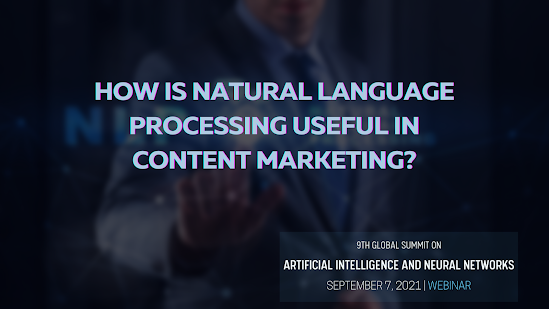EXPLAIN HOW DEEP LEARNING WORKS?

Deep learning networks gain knowledge by identifying complex patterns in the data they process. The networks can develop several degrees of abstraction to describe the data by constructing computational models that are made up of many processing layers. For instance, a convolutional neural network, a type of deep learning model, can be trained using a lot (like, millions) of photos, such as ones with cats. This kind of neural network often picks up information from the pixels in the photographs it collects. It has the ability to categorise sets of pixels that are typical of cat traits, with sets like claws, ears, and eyes indicating the presence of a cat in a picture. The fundamental building block of the brain is a brain cell, often known as a neuron. An artificial neuron or perceptron was created after being inspired by a neuron. Dendrites are employed by biological neurons to receive inputs. A perceptron operates similarly, taking in a variety of inputs, applying a variety o...





